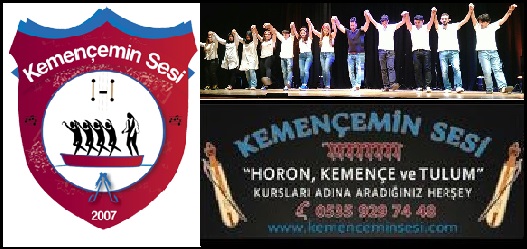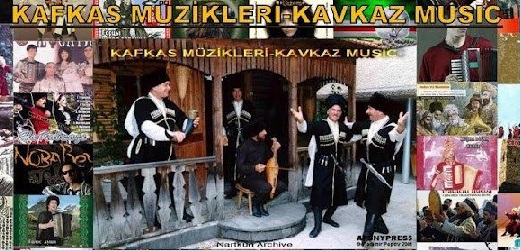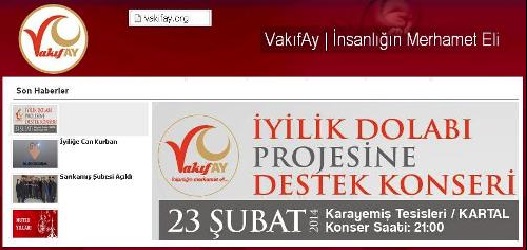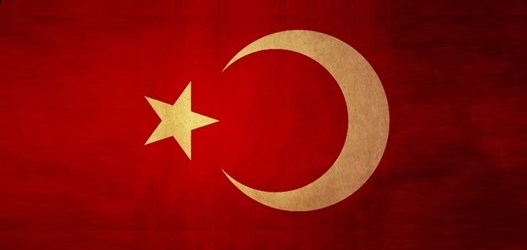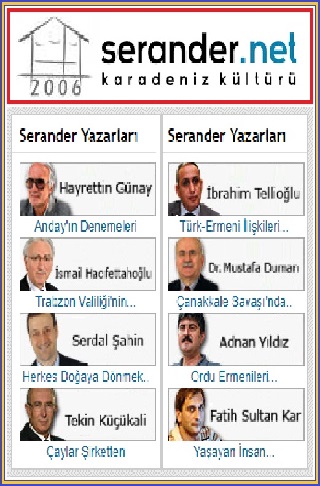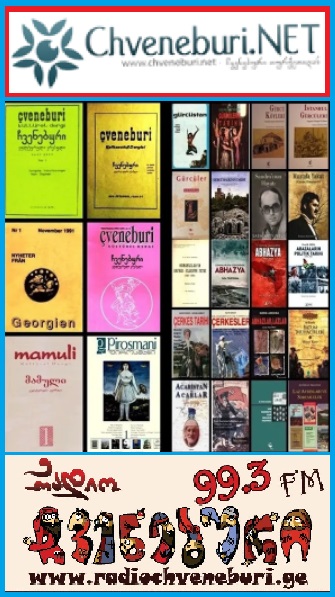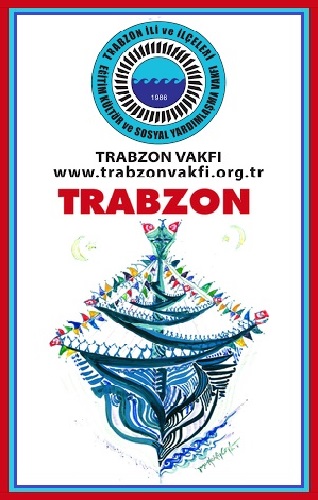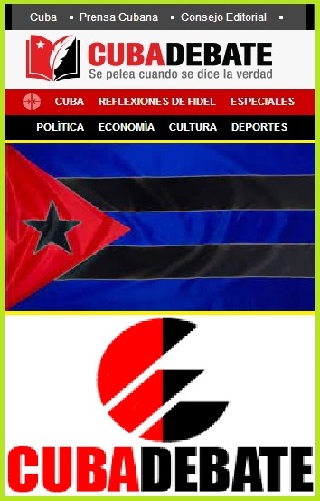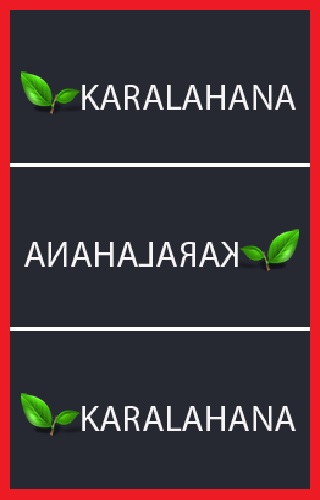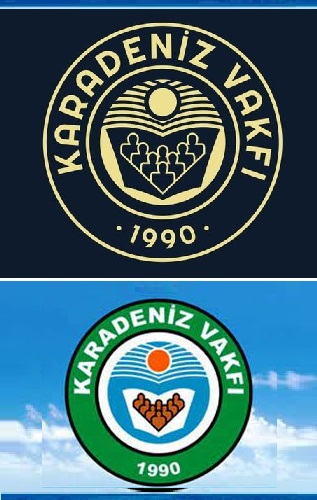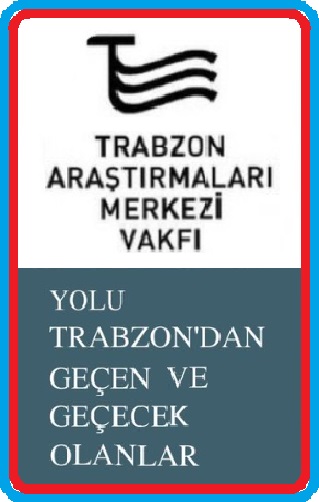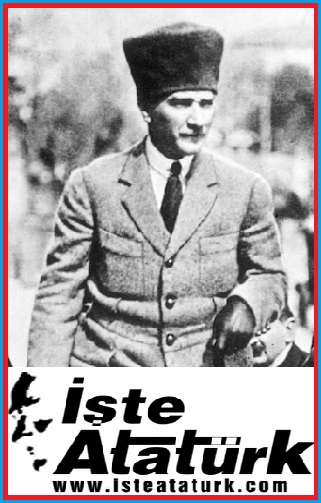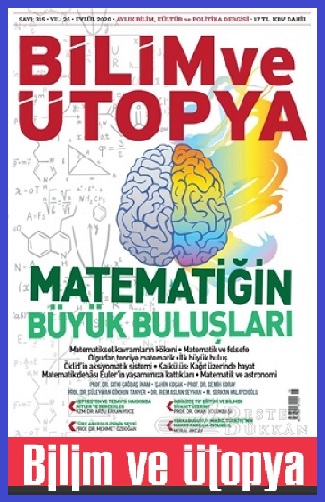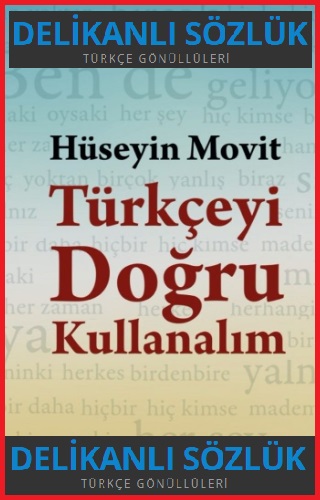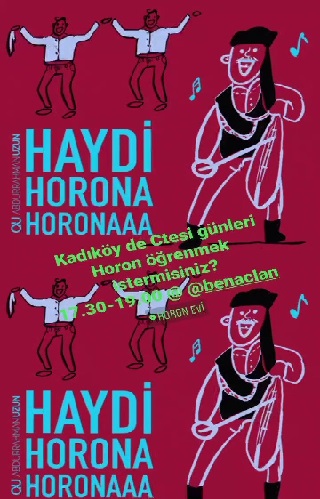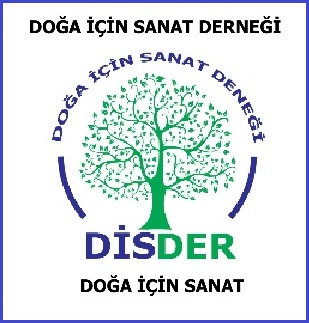|
NADİR
GÜLLÜ, FROM KARAKÖY TO WORLD 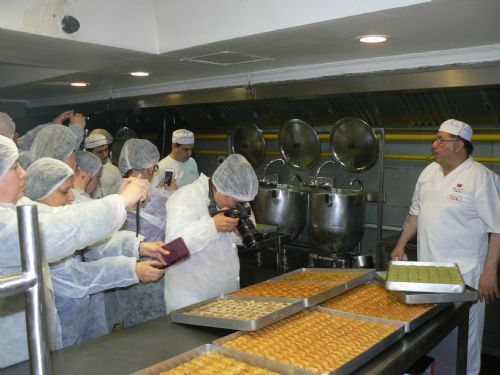
Marmara Üniversitesi, İletişim Fakültesi, Gazetecilik Halkla İlişkiler
Yüksek Okulu Öğrencileri Mezunlarının Derneği İLMED, İletişim Fakültesi
Mezunlarından Oluşan Basın Meslek Sahip ve Çalışanları; Merkezi ve Tek Şubesi
Karaköy'de Bulunan Baklavacı Nadir Güllü'nün Üretim Tesislerini İncelediler. 9.Şubat.2017
ve 16.Şubat.2017 Tarihlerinde İki Ayrı Gurup Halinde Karaköy Nadir Güllü Tesislerinde
Buluşan Gazeteciler 200 Yıllık Köklü Yedi Kuşaktan Baklavacı Olan Güllüoğlu Tesislerini
Gezdiler, Gördüler, Dünya Markası Olan Baklavacı Nadir Güllü'yü Ve Tesislerini Yakından
Tanıdılar Ve Baklava Yemesini de Öğrendiler.
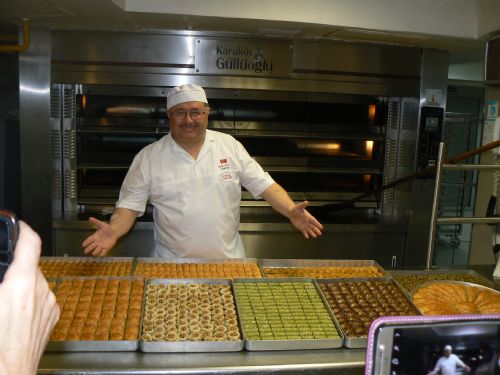
NADİR
GÜLLÜ, FROM KARAKÖY TO WORLD
Marmara University, Faculty of
Communication, Association of Higher Education Students in Public Relations,
İLMED, Media Profession Employees and Employees of the Faculty of
Communication; Central and Single Branches Inspected Production Facilities of
Baklava Nadir Güllü in Karaköy.
Two Separate Groups on February
9, 2017 and February 16, 2017 Meet in Nadir Güllü Facility Karakoy Gazeteciler,
a 200 year-long rooted Sevenfilter Baker, visited Güllüoğlu Facilities,
Visually Inspected the Baklava Nadir Güllü, a World Brand, and Their Facilities
and Eating The Baklava Also trained.
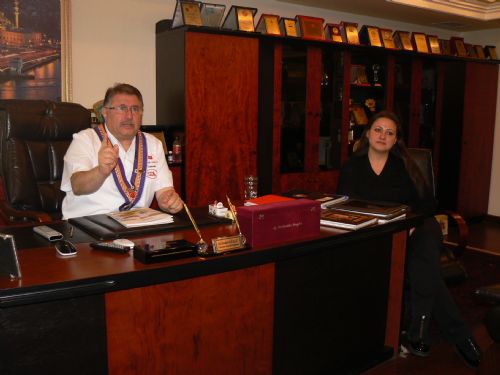 From Karaköy To The World, For Celiac patients and dieting withhout gluten, special intended
nutrition. Another First From Karaköy
Güllüoğlu - Nadir Güllü- Delicious Baklava Sweetened With 100% Persimmon
Juice.! Patent and Trademark Registration Were Commted. We Don't Have a Branch.
How Do We Understand The Best Baklava.? Join Our Mini Survey.. You May Help Us
İmprove Or Products And Service By Sharing Your Thoughts.
Two Pleasures in One; From
Karaköy to World
Diabetes Are Now Happier 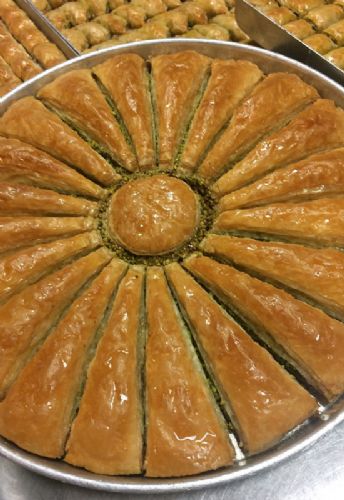 
THE
HİSTORY
OF BAKLAVA
Almost
all the peoples of the Middle East, Eastern Mediterranean, Balkans, Caucasia;
Turks, Arabs, Jews, Greeks, Armenians, Bulgarians introduce baklava as their
national dessert.
THE NATIONALITY OF BAKLAVA
Almost all the peoples of the Middle East, Eastern
Mediterranean, Balkans, Caucasia; Turks, Arabs, Jews, Greeks, Armenians,
Bulgarians introduce baklava as their national dessert. When we consider that
all of these regions once belonged to the Ottoman Empire, it is possible to
think of Baklava as an Ottoman dessert. But because Ottoman is mostly
equivalent with ‘Turks’, especially Greeks and Arabs don’t like this
qualification. 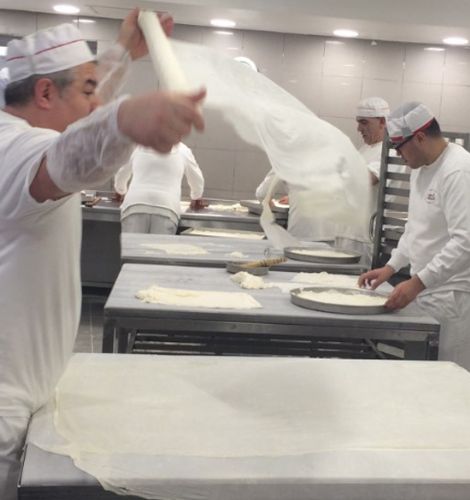
DOES THE HİSTORY OF BAKLAVA
GO BACK TO BYZANTİNE.?
Greeks claim that Turks had borrowed Baklava from Byzantine. Professor Speros Vryonis in trying to prove this
claim asserts that baklava is very like the dessert kopte or kopton
(koptoplakous) very much liked during the Byzantine period. According to
Charles Perry ,one of the defenders that Baklava is not from Byzantine but from
the Middle East, kopteom is not a pastry but is a kind of confection. Walnut,
nut, almond or poppy mixed with honey is placed between two layers of mastic
made up of ground sesame and boiled honey. Sula Bozis a Greek from İstanbul in
his book named ‘ Kitchen Culture’ tells about a Byzantine dessert (kopti) made
by placing grounded nut ,sesame, and honey between two thin layers of dough.
He came across this recipe in the old notebooks
from Greeks in Istanbul. If kopte which is a basically a sesame mastic
confection has been transformed into a pastry made of sheets of dough , it
might then have been transformed into baklava made of many, many thin sheets of
dough. But then we have to explain how thin sheets of dough entered into
Byzantine culinary culture. 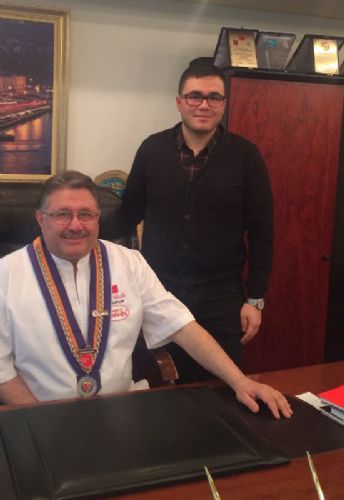 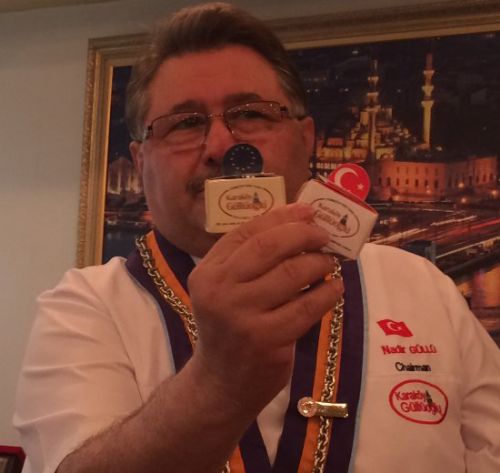
IS BAKLAVA A DİSCOVERY OF
NOMAD TURKS ?
Professor Speros explains that the nomad tribes were very poor
in culinary culture and they fed on what they got from the herds they had, the
vegetable and fruit they could find and the simple bread baked on sheet of
metal. It is known that
the nomad Turks couldn’t bake bread the way we can and ate the thin layers of
dough they bake on portable metal sheets . Even today in many parts of Turkey
they eat thin layers of dough as home made bread.
The
Turks who have the thin layers of dough as their basic food might have
developed layered desserts by placing certain things between the layers to
enrich the dough. It is highly probable that Turks had devised desserts made of
layered dough by using cream and honey as an ingredient placed between the
layers and this might be considered as the origin of baklava. 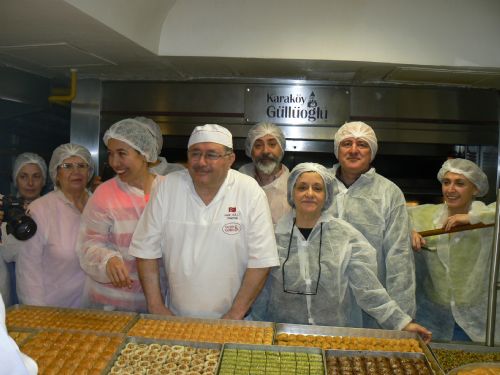
Charles Perry considers the traditional pahlava of
Azerbaijan as the evolution of the thin layered of dough cooked on sheets of
metals in the plains of the Central Asia into the classical baklava. The
Pahlava of Baku is a dessert prepared by placing nuts and peanuts between 8
layered dough not thinner than the home made macaroni. Perry stating that
Azerbaijan is on the migratory route from Central Asia considers baklava as the
product of the contact between migratory Turks and settled Iranians.
Baklava
is like the combination of an Iranian dessert made of dough filled up with nuts
and peanuts and baked in ovens with the thin layered bread of the Turks. Though
this is considered to be an assumption it looks more rational than the claims
of the Greeks. 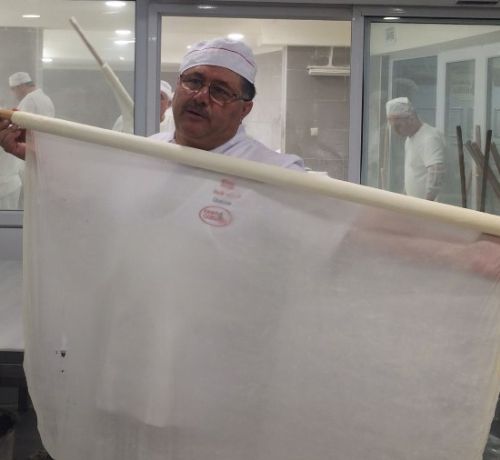
BAKLAVA AND THE HİSTORY OF BAKLAVA DURİNG THE OTTOMANS
Whether baklava came from ancient Greek
or from Byzantine or whether from the nomadic times of Arabs and Turks , it is
clear that what we now define as classical baklava had taken its elaborate form
during the Ottoman period.
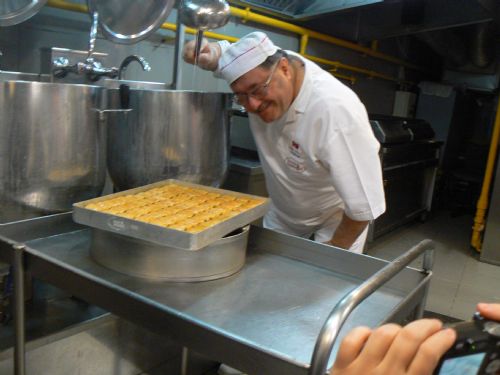
The oldest reports about baklava is Topkapı Palace
kitchen notebooks from the Fatih period. According to this report
baklava was baked in the Palace in 1473. Evilya Çelebi has written that in the
middle of the 17th century he as a guest in the mansion house of the esquire of
Bitlis has eaten baklava.
In
the ‘Surname’ written by Vehbi it is reported that in the circumcision ceremony
of the Sultan’s four sons in 1720 all the guests had been offered baklava. 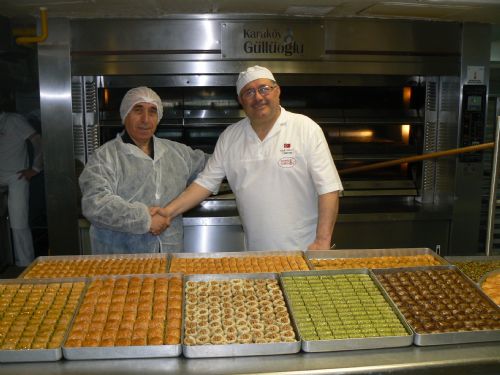 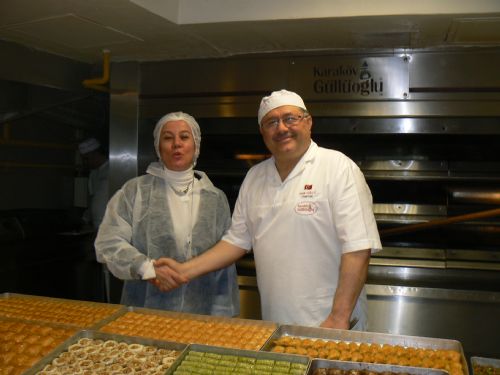
From these records we know that baklava which was well known in every part of
the Ottoman empire was consumed more in the mansion houses, ceremonies and the
banquets.
It can be said that baklava has been elaborated from a simple pastry into a
dessert which needed skill in order to please the dignitaries and the rich
people. Some researchers like Bert Fragner from Bamberg University claim that
the culinary tastes in the Ottoman Empire has been shaped according to the
tastes and preferences of the İstanbul high society.

It is known that in places and mansion houses to be
a master of baklava was a reason for being preferred as a cook and that it was
very important that the layer of dough was very thin.
In
the 15th century records baklava is referred to as ‘rikak baklava’. Rikak is
the plural of the Arabic word rakik which means thin. The word thin might have
been used to mean the layers of dough. Describing baklava as ‘rikak’ brings to
mind the possibility that formerly thick layers of baklava was used. And if
this is the case ,then we might say that baklava gained its perfect taste in
the Ottoman kitchen.
In
the old mansion houses the cook nominees had to cook pilav and baklava to test
their abilities. The master cook could be understood from the way he cut the
dough. If the pieces are thin enough and the exact size of the tray ,then the
skill of the cook was admitted.  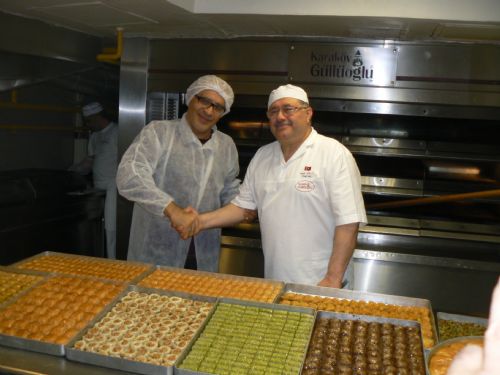
According to the book about the cultural roots of
Turkish people, Burhan Oğuz writes that in the old mansion houses the
cook was supposed to fit 100 thin pieces into the tray when making baklava. It
was a matter of pride and joy for the family to have a cook who can make such
thin pieces. Baklava was brought to the owner of the house for inspection
before it was put into oven. The owner threw a gold coin perpendicularly onto
the tray and if the coin could reach the tray then the cook was successful.
Then the gold coin was given to the cook as a tip. If this show was done in
front of the guests and the cook was not successful, the owner felt
embarrassed.

It would be reasonable to conclude that making of baklava has
been seen as a mastership on its own because of the importance given to baklava
in these old mansion houses.
Sula
Bozis writes that in the 19th century the masters from Sakız who belonged to a
guild were invited to roll out baklava dough. In the Istanbul encyclopedia by
Reşat Ekrem Koçu there were people in the kitchens especially to roll out dough
for baklava and börek. These people nearly spent a life to be master in rolling
out dough; no exaggeration but in one tray of baklava they could lay 40 sheets
of dough as thin as a rose leaf. There were more famous kitchens than the
kitchen of the Palace. For example during the reign of Sultan Mahmud 2 the
mansion house of Dürrizade Efendi , a Muslim theologian , had achieved a great
reputation.  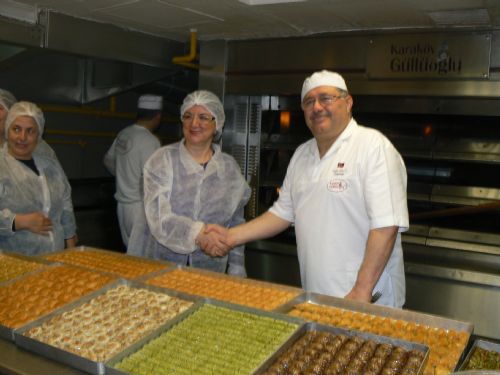
Again according to Reşat Ekrem Koçu at the old
mansion houses kidney fat was the favorite fat used for making baklava.
And the filling was always nut. Peanut and cream as a filling was used later
on. Ekrem Koçu also reports that at the mansion houses baklava was well roasted
and nothing was added onto it after it was taken out of the oven. To put cream
or grounded peanut on it meant to blemish it. Ekrem Koçu also adds that ‘
Baklava is the sultan of dough desserts with its unique flavor and would accept
no other flavor .’
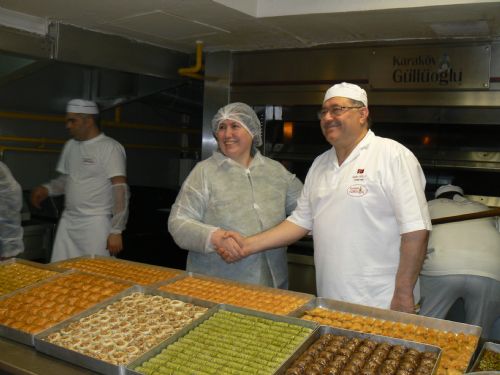 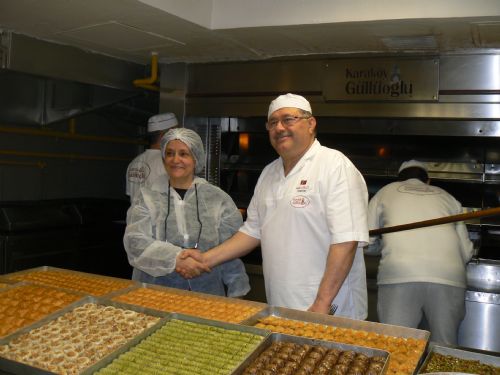
BAKLAVA PARADE
Baklava which is the sultan
of desserts was also the dessert of the sultans.
The importance of baklava at the palace was not only because it was accepted as
the token of wealth and sophistication ( as in the mansion houses) but also
because it was a state tradition. The baklava parade that started at the end of
the 17th century or at the beginning of the 18th century is example of this
tradition.
During the reign of Kanuni Sultan Suleyman it was traditional that the soldiers
were treated to stewed meat, zerde ( a sweet, gelatinous dessert that has been
colored and flavored with saffron) and pilav when they were going on
expedition. Afterwards when the expeditions became rare this tradition was also
forgotten. Instead of this tradition when soldiers were getting their
trimonthly pay from the sultan they were offered a big feast and on the 15th of
Ramazan they were treated to baklava. 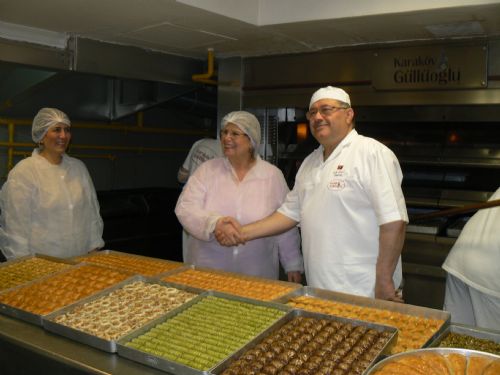 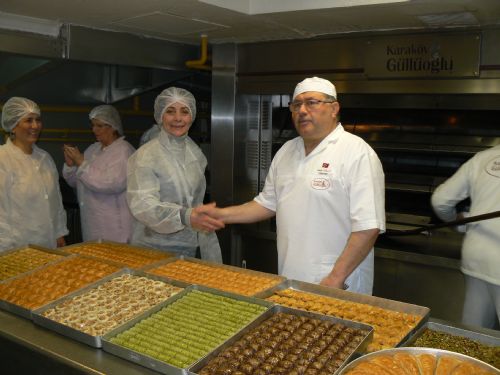
On the 15th Ramazan when the sultan visited hırka-i
şerif (the cloak of Mohammed kept in Topkapı Palace) as a caliph ,
baklava from the palace was sent to janissary and other soldier bases . One
tray of baklava for ten soldiers.
The delivery of baklava to the soldiers and carrying the baklava to the
barracks has become an imposing parade. The baklava trays covered in a kind of
towels called futa were lined in front of the Palace kitchens; the soldiers who
were to take away the baklava trays also lined up in front of the trays.
First Silahdar Ağa took the first two trays in the name of Sultan who was the
number one janissary; and then two soldiers hooked the trays by the help of
green poles through the knots of the futas and placed them on their soldiers.
The chief of every troop in front and the baklava carriers at the back started
their long march from the gates to their barracks .This procession was called
the baklava parade. All the people in İstanbul would come out to watch this
parade and jeer for the sultan and the soldiers.

The tradition which made baklava the symbol of the
Ottoman court disappeared when the janissaries were abolished. The
latest baklava parade was made on 21 April 1826 about 2 months before the
abolition of the janissaries.
Reşat Ekrem Koçu recounts a rumor which talks about a tie between the baklava
parade and the abolition of the janissaries. According to the rumor an old man
came to the front of the Palace with his 7-8 year old son or grandson to show
him the parade. They were standing on the way so a few janissaries assaulted
them. The old man was so hurt that he called out for God and said: ‘ I came
because this child wanted to see the parade; I would rather stay in the mosque on
such a holy day than see these disgusting group of soldiers. I want you to
eliminate this group from the surface of the earth so that next Ramadan I
wouldn’t see them.’
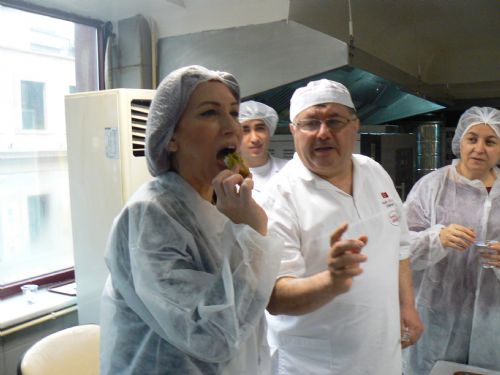
So as the saying goes ‘ the prayers of the
suffering man would come true’ the people thought that the janissaries were
abolished because of the old man’s curse.
Now the baklava parade is a history. But the reign of baklava continues.
At the end of the 18th century, the French Empress Marie Antoinette ‘s old chef
of pastries brought a new kind of pastry to the Ottoman kitchen. This new
baklava had a differently rolled out dough and was folded differently and was
shaped like a dome more or like a croissant. This baklava was called the Palace
baklava or European baklava. But no dessert could replace the traditional
baklava. Until the last days of the Ottoman Empire baklava was the unique
dessert of the special days.
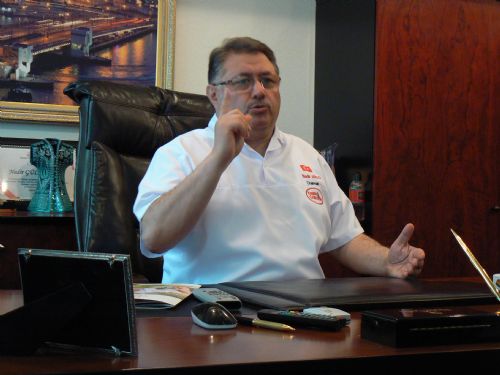
For example the last Ottoman Sultan Vahdettin had offered
baklava for dessert at the lunch at Yıldız Palace on 30 April 1920.
Baklava which had given its name to a
state ceremony whatever its origins are has the right to be accepted as an
Ottoman dessert. 
Nadir Güllüoğlu & Ümit Sinan Topçuoğlu
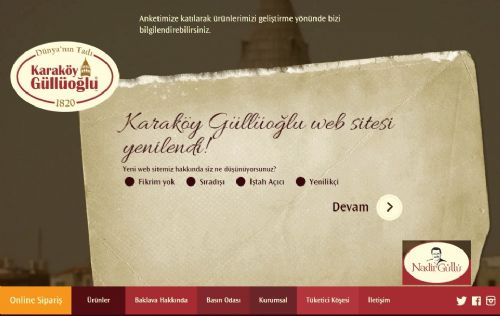
Ökkeş
Bölükbaşı, İstanbul – Şubat.2017 – okkesb61@gmail.com,
http://www.medyagunebakis.com/ -okkesb@turkfreezone.com,
https://www.facebook.com/okkes.bolukbasi,- okkesb@gmail.com,
Ökkeş Bölükbaşı, İstanbul – Şubat.2017 – okkesb61@gmail.com,
| 




































